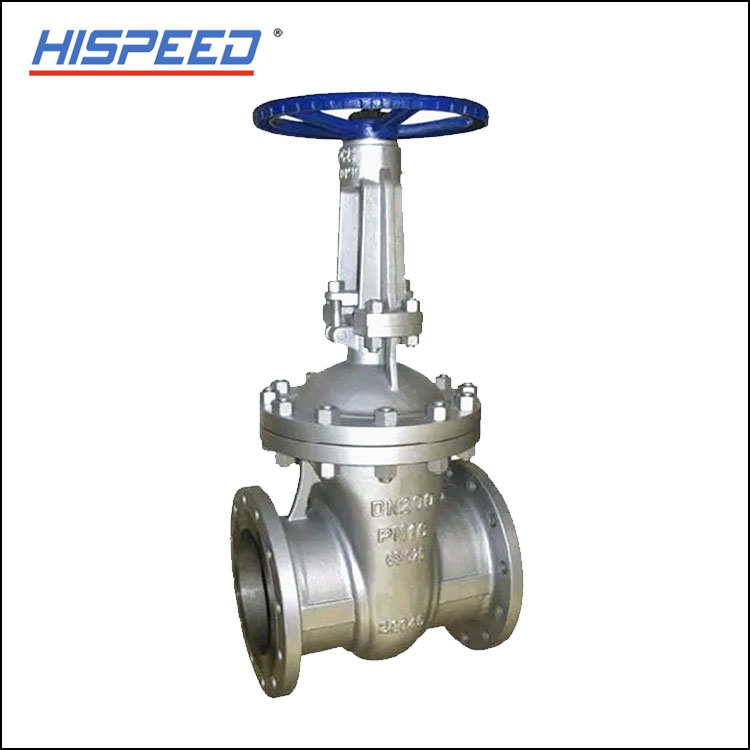Considerations for a cast steel gate valve
2024-01-15
A cast steel gate valve is a type of industrial valve designed for controlling the flow of fluids in pipelines. Gate valves are widely used in various industries, including oil and gas, petrochemical, power generation, and water treatment. The "cast steel" designation indicates that the valve body and other major components are manufactured using cast steel, a process where molten steel is poured into a mold to create the desired shape.
Here are key features and considerations for a cast steel gate valve:
1. Material:
- The body, bonnet, and other main components of the gate valve are made of cast steel. Cast steel provides strength and durability, making it suitable for applications with high-pressure and high-temperature conditions.
2. Design:
- Gate valves have a straightforward design that includes a gate (a wedge-shaped or parallel disc) that moves up and down within the valve body to control the flow. When the gate is lifted, the valve is fully open, allowing unobstructed flow. When the gate is lowered, the valve is closed, preventing fluid passage.
3. Connection Types:
- Cast steel gate valves are available with various connection types, including flanged ends, butt-weld ends, and threaded ends. The choice of connection type depends on the specific requirements of the piping system.
4. Pressure and Temperature Ratings:
- Cast steel gate valves are designed to handle high-pressure and high-temperature conditions. Manufacturers provide pressure and temperature ratings to guide users in selecting the appropriate valve for their applications.
5. Size Range:
- Cast steel gate valves come in a range of sizes to accommodate different pipe diameters and flow rates. The size of the valve should be selected based on the requirements of the piping system.
6. Rising vs. Non-Rising Stem:
- Gate valves can have a rising or non-rising stem design. In a rising stem design, the stem rises as the valve is opened, providing a visual indication of the valve's position. In a non-rising stem design, the stem's position remains unchanged during operation.
7. Bolted Bonnet or Pressure Seal Bonnet:
- Cast steel gate valves may have a bolted bonnet or a pressure seal bonnet. Bolted bonnet valves are suitable for lower-pressure applications, while pressure seal bonnet valves are designed for high-pressure services.
8. Operation:
- Gate valves can be operated manually (handwheel, lever, or gear) or with actuators for automatic operation. Actuators may include electric, pneumatic, or hydraulic systems for remote control.
9. Application:
- Cast steel gate valves find applications in a wide range of industries, including power plants, chemical processing, oil and gas pipelines, water treatment, and more. They are suitable for isolating and regulating the flow of various fluids.
10. API Standards:
- Many cast steel gate valves are designed and manufactured in accordance with standards set by the American Petroleum Institute (API), such as API 600 or API 602, which specify requirements for materials, design, and testing.
It's important to consider the specific requirements of the application, including the type of fluid, pressure and temperature conditions, and compatibility with the piping system when selecting a cast steel gate valve. Additionally, adherence to industry standards and proper maintenance practices contribute to the reliable and efficient operation of these valves.



